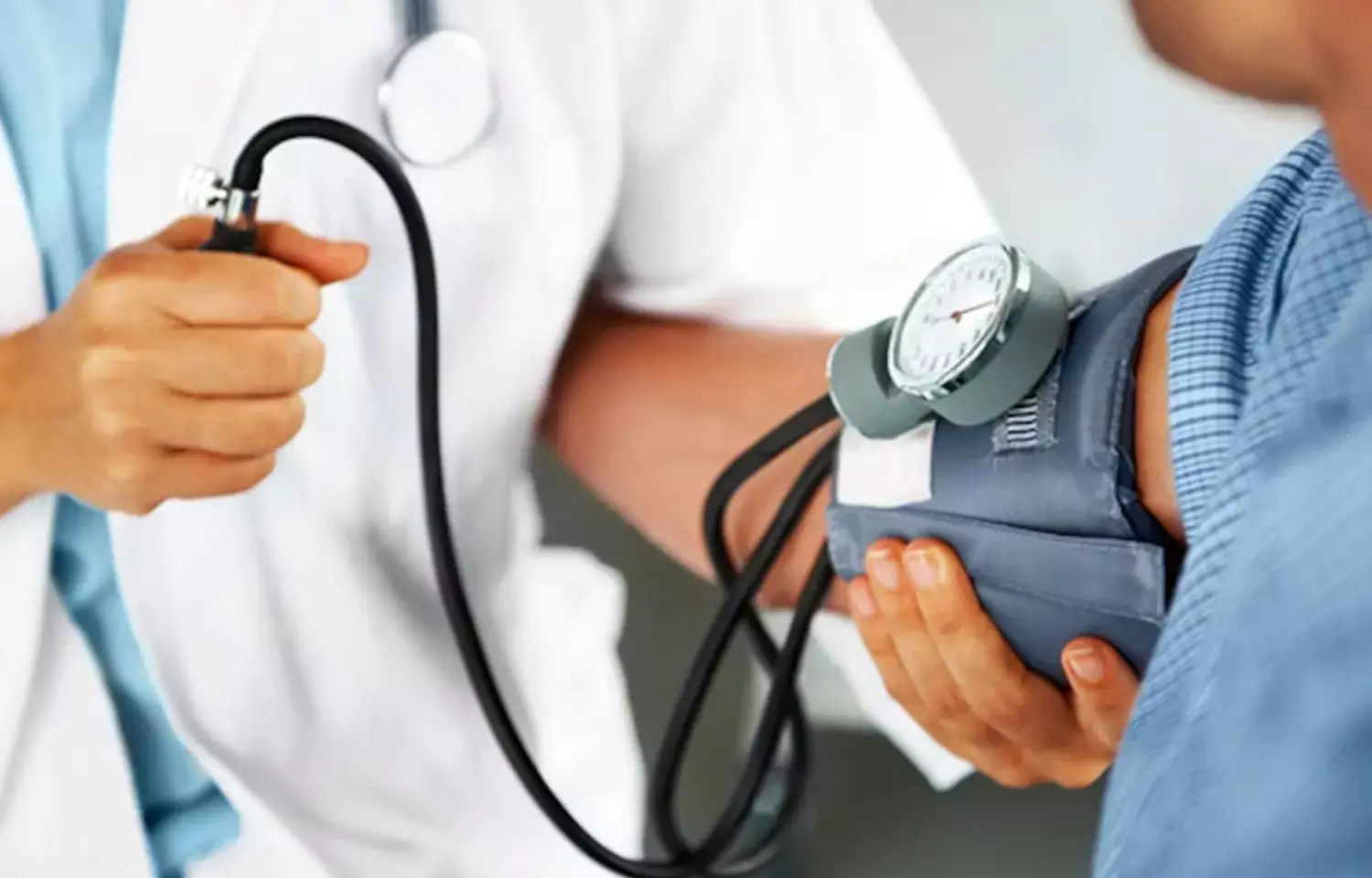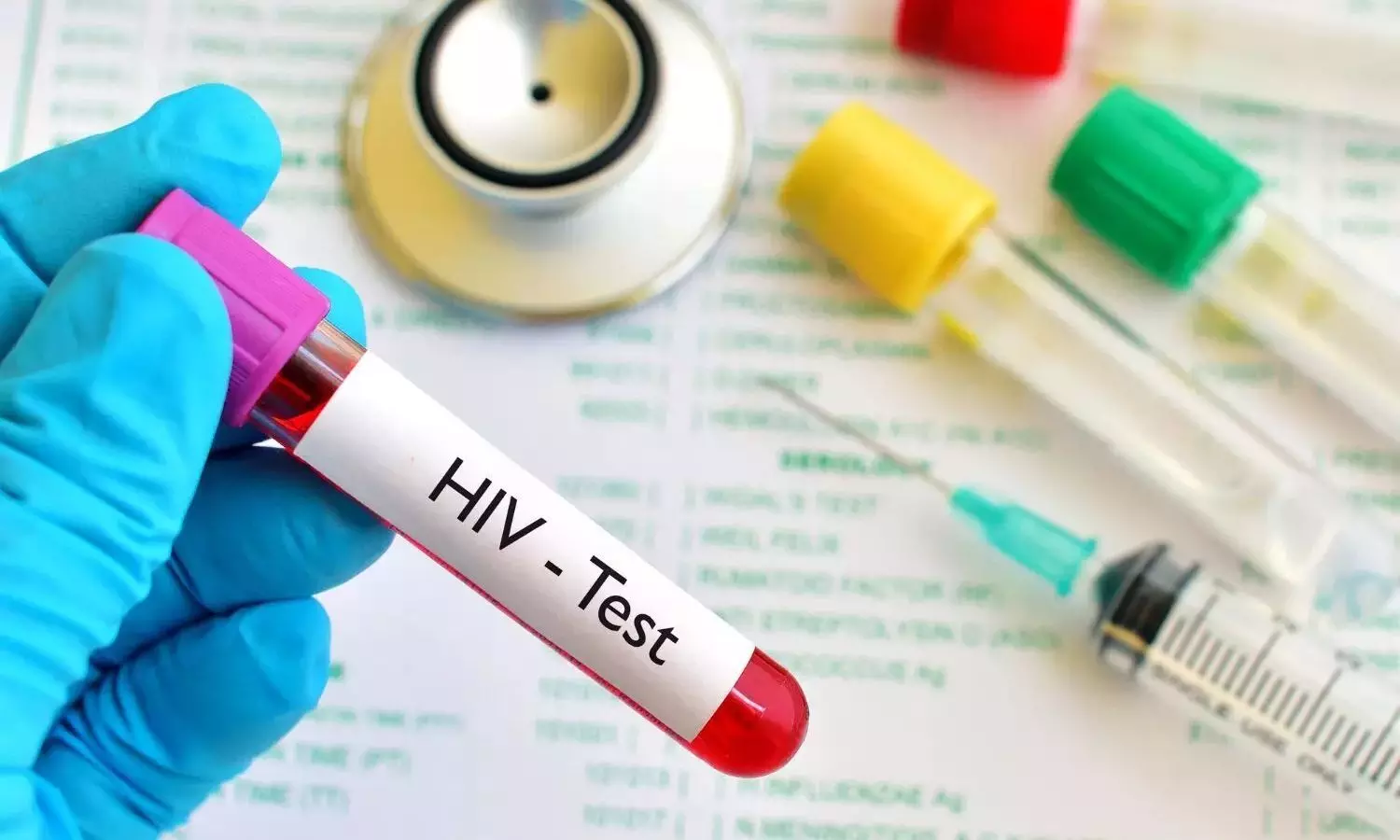- Home
- Medical news & Guidelines
- Anesthesiology
- Cardiology and CTVS
- Critical Care
- Dentistry
- Dermatology
- Diabetes and Endocrinology
- ENT
- Gastroenterology
- Medicine
- Nephrology
- Neurology
- Obstretics-Gynaecology
- Oncology
- Ophthalmology
- Orthopaedics
- Pediatrics-Neonatology
- Psychiatry
- Pulmonology
- Radiology
- Surgery
- Urology
- Laboratory Medicine
- Diet
- Nursing
- Paramedical
- Physiotherapy
- Health news
- Fact Check
- Bone Health Fact Check
- Brain Health Fact Check
- Cancer Related Fact Check
- Child Care Fact Check
- Dental and oral health fact check
- Diabetes and metabolic health fact check
- Diet and Nutrition Fact Check
- Eye and ENT Care Fact Check
- Fitness fact check
- Gut health fact check
- Heart health fact check
- Kidney health fact check
- Medical education fact check
- Men's health fact check
- Respiratory fact check
- Skin and hair care fact check
- Vaccine and Immunization fact check
- Women's health fact check
- AYUSH
- State News
- Andaman and Nicobar Islands
- Andhra Pradesh
- Arunachal Pradesh
- Assam
- Bihar
- Chandigarh
- Chattisgarh
- Dadra and Nagar Haveli
- Daman and Diu
- Delhi
- Goa
- Gujarat
- Haryana
- Himachal Pradesh
- Jammu & Kashmir
- Jharkhand
- Karnataka
- Kerala
- Ladakh
- Lakshadweep
- Madhya Pradesh
- Maharashtra
- Manipur
- Meghalaya
- Mizoram
- Nagaland
- Odisha
- Puducherry
- Punjab
- Rajasthan
- Sikkim
- Tamil Nadu
- Telangana
- Tripura
- Uttar Pradesh
- Uttrakhand
- West Bengal
- Medical Education
- Industry
OptiBP: A novel optical smartphone application for measuring Hypertension

OptiBP which is a new optical smartphone application showed almost similar values to the invasively measured blood pressure values as per a new study published in BMC Anesthesiology. The values were according to the AAMI/ISO universal standards for mean arterial pressure (MAP) and diastolic arterial pressure (DAP). The error risk was also in zone A and B of the error grid.
Arterial hypertension is a global public health concern. The oscillometric method is presently used for diagnosing and monitoring non-invasively. Better screening and monitoring of hypertension occurs when the same can be done using a smartphone application. So, researchers conducted an observational study on intensive care unit patients by comparing the arterial blood pressure values obtained using a new optical smartphone application called the OptiBP™ as the test method and with that obtained using a radial artery catheter as the reference method to help validate the technology.
Three BP values were measured every hour for five consecutive hours on two consecutive days using both the smartphone and arterial methods. Bland-Altman and error grid analyses were used for agreement analysis between both approaches. The performance of the smartphone application was investigated using the Association for the Advancement of Medical Instrumentation (AAMI) and the International Organization for Standardization (ISO) definitions, which require the bias ± SD between two technologies to be below 5 ± 8 mmHg.
Findings:
- 30 patients were recruited for the study, of which 22 patients had adequate OptiBP™ values and were thus analyzed.
- In the other 8 patients, no BP could be measured due to inadequate signals.
- The Bland–Altman analysis revealed a mean of the differences ± SD between both methods of 0.9 ± 7 mmHg for mean arterial pressure (MAP), 0.2 ± 14 mmHg for systolic arterial pressure (SAP), and 1.1 ± 6 mmHg for diastolic arterial pressure (DAP).
- Error grid analysis demonstrated that the proportions of measurement pairs in risk zones A to E were 88.8% (no risk), 10% (low risk), 1% (moderate risk), 0% (significant risk), and 0% (dangerous risk) for MAP and 88.4%, 8.6%, 3%, 0%, 0%, respectively, for SAP.
OptiBP™ can pave the way for widespread access to hypertension screening and monitoring as it has shown good agreement between BP values measured invasively with that using the application.
Further reading:
Desebbe, O., Anas, C., Alexander, B. et al. Evaluation of a novel optical smartphone blood pressure application: a method comparison study against invasive arterial blood pressure monitoring in intensive care unit patients. BMC Anesthesiol 22, 259 (2022). https://doi.org/10.1186/s12871-022-01797-0
BDS, MDS
Dr.Niharika Harsha B (BDS,MDS) completed her BDS from Govt Dental College, Hyderabad and MDS from Dr.NTR University of health sciences(Now Kaloji Rao University). She has 4 years of private dental practice and worked for 2 years as Consultant Oral Radiologist at a Dental Imaging Centre in Hyderabad. She worked as Research Assistant and scientific writer in the development of Oral Anti cancer screening device with her seniors. She has a deep intriguing wish in writing highly engaging, captivating and informative medical content for a wider audience. She can be contacted at editorial@medicaldialogues.in.
Dr Kamal Kant Kohli-MBBS, DTCD- a chest specialist with more than 30 years of practice and a flair for writing clinical articles, Dr Kamal Kant Kohli joined Medical Dialogues as a Chief Editor of Medical News. Besides writing articles, as an editor, he proofreads and verifies all the medical content published on Medical Dialogues including those coming from journals, studies,medical conferences,guidelines etc. Email: drkohli@medicaldialogues.in. Contact no. 011-43720751




